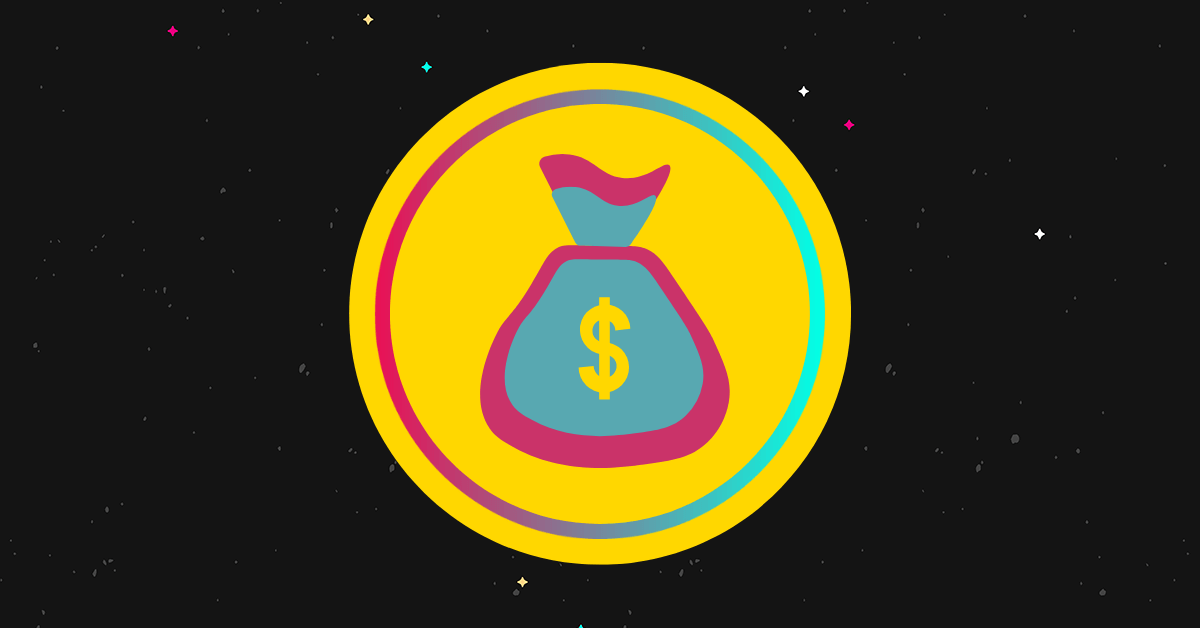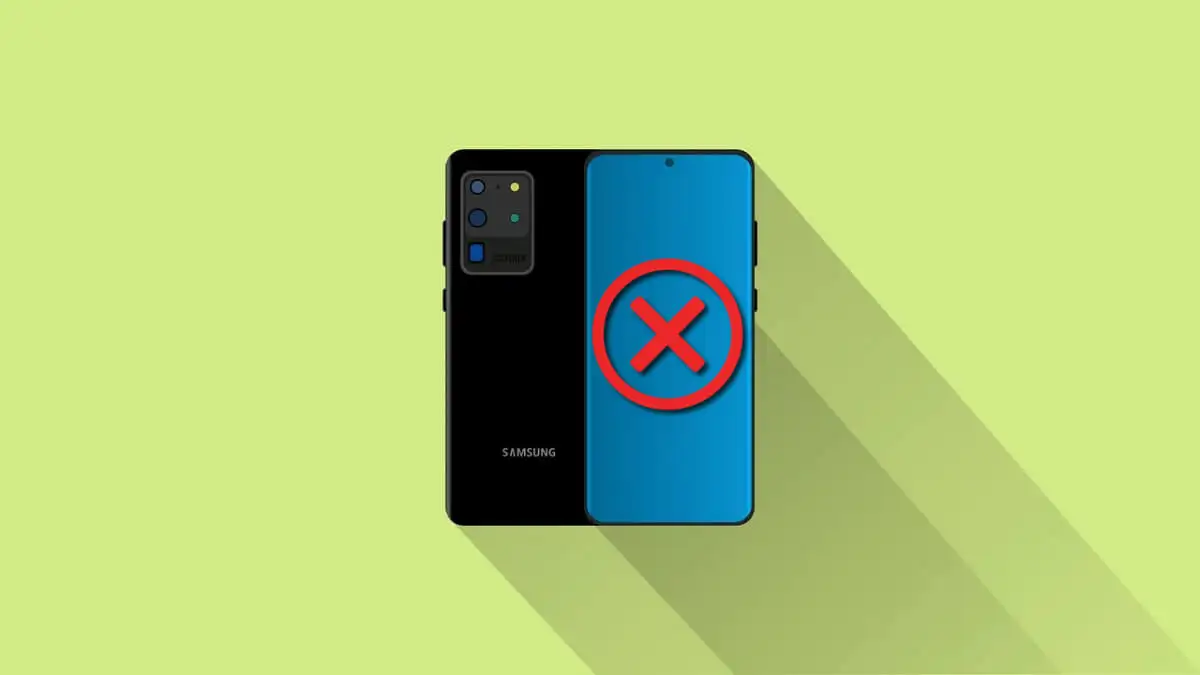If you are like most people, you have a lot of files on your computer that you no longer need. If you want to free up some space on your Mac, deleting these files is a great way to do it. In this guide, we will walk you through the process of deleting files on Mac. We will also provide tips on how to delete stubborn files that refuse to go away.
So, if you are ready to free up some space on your Mac, keep reading.
If you have a file that you no longer need, the first step is to open Finder. You can do this by clicking on the Finder icon in your Dock. Once you’re in Finder, locate the file that you want to delete and click on it once to select it. Then, press the Command + Delete keys on your keyboard. This will move the selected file to your Trash Can.
If you want to delete multiple files at once, hold down the Command key while selecting each file you want to delete. Once all of the desired files are selected, press Command + Delete again to move them all to your Trash Can.
On a Mac, there are a few different ways to delete an app. The first way is to find the app in the Applications folder and drag it to the Trash. This method works for most apps, but some apps may leave behind files or folders when they’re deleted this way.
You might wonder where is my applications folder on my Mac. You can find it via the Shift + ⌘ + A keyboard shortcut while in the active Finder state or use the Launchpad.
If you want to make sure that an app is completely gone, you can use the Terminal to delete it. To do this, open the Terminal and type in “rm -rf.” This will delete the app and all of its associated files.
Finally, you can also use a third-party app like AppCleaner to delete an app. AppCleaner will find all of an app’s associated files and delete them for you. Whichever method you choose, deleting an app on a Mac is easy.
To empty your Trash Can and permanently delete all of its contents, open Finder and click on the Trash Can icon in your Dock. Then, click on the Empty button at the top of the Trash Can window.
Remember that once you empty your Trash Can, the files inside of it cannot be recovered, so make sure you don’t need them before emptying it.
Deleting an item from your Mac moves it to the Trash. To delete an item from iCloud Drive, first move it to the Trash on your Mac, then sign out of iCloud or turn off iCloud Drive.
Ever wonder where all that storage space on your Mac went? Follow these steps to find and delete the biggest files on your hard drive.
Open Finder from your Dock or Applications folder. Click on Macintosh HD in the sidebar or whichever startup drive you’re using. Then click View > as List.
Click the Size column header to sort by file size, then scroll through and look for large files. When you find one you want to delete, select it and press Command + Delete (or choose File > Move to Trash). To permanently delete a file, open the Trash from the Dock or Finder sidebar, then Control-click the file and choose Delete Immediately.
If you have an iPhone or iPad, you can delete its backups from your Mac to free up some space.
Open iTunes on your Mac. Click the device icon in the upper-left corner. Click Summary > Backups > Manage Backups. Select the backup you want to delete, then click Delete.
You can also delete iOS software updates from your Mac. These take up a lot of space, so it’s a good idea to get rid of them once you’ve installed the latest MacOS update on your devices.
Open Finder and go to ~/Library/iTunes/. Locate the iOS software update files and move them to the Trash. You can identify these files by their .ipsw extension. Empty the Trash to permanently delete the files.
If you try to delete a file and get an error message that it’s in use or locked, this means the file is currently open by another application. To delete these files, you’ll need to close the application that is using them and then try again.
If a file is stuck in your Trash and won’t be deleted no matter what you do, it may be because it’s corrupted. In this case, you can try deleting it from the Terminal app.
Open the Terminal app from your Applications > Utilities folder. Type in the following command, rm -rf ~/.Trash/*; then press Return:
This will delete all of the files in your Trash. Be careful when using this command, as it cannot be undone.
Deleting large files and clearing out your Trash can help free up a lot of space on your Mac’s hard drive. By following the steps in this guide, you can easily get rid of any unwanted files and keep your Mac running smoothly.






